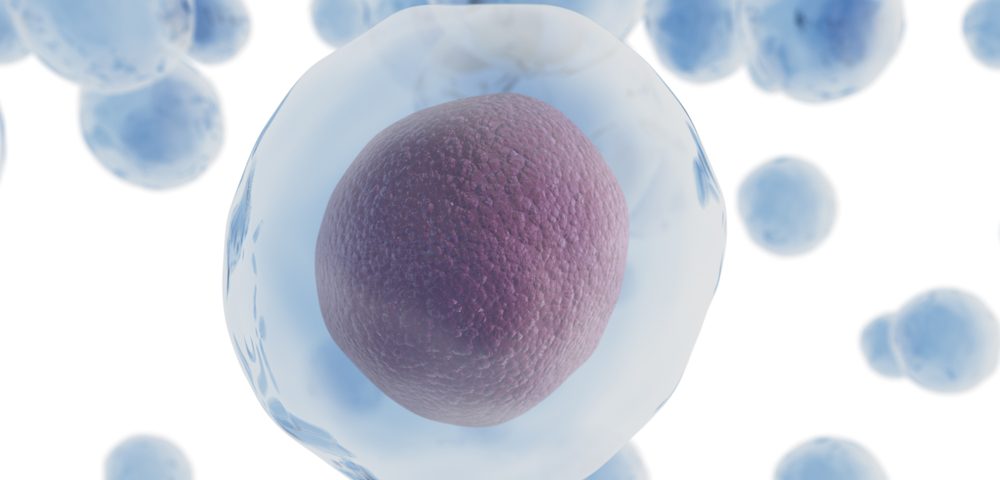Biological engineers Nader Pourmand, PhD, of the University of California Santa Cruz, and Paul Blainey, PhD, of the Broad Institute at Cambridge, Massachusetts, are the first- and second-place winners, respectively, of the second phase of the National Institutes of Health (NIH) “Follow that Cell Challenge” to develop tools that predict the behavior and function of a single cell in complex tissue over time.
The NIH awarded Pourmand $300,000 and Blainey and his team $100,000 to continue developing those tools as part of the competition where participants seek new ways to learn how cells transition from a healthy state to a diseased one, how they respond to treatment, and how these findings can be used in immunotherapy and precision medicine.
“We have developed a novel nanopipette technology that can be used to monitor the molecular properties of single cells over time,” Pourmand said in a press release.
This methodology allows researchers to monitor how particular signaling pathways are involved in the activation of arrays of genes. The method is so precise that researchers can perform it in a single cell. The goal is to understand how cells develop resistance to drug therapies.
“While the proposed studies focus on the use of our nanopipette technology to study human cancer cells in culture, the cell monitoring capabilities of the nanopipette allow it to be used for in situ analysis of single cells in tissue biopsies and slices,” Pourmand said. “This is the only technology I know of that enables us to repeatedly interrogate a single cell without killing it.”
Blainey also is focused on understanding how a cell behaves, particularly in the type of metabolites, or the products of a cell’s metabolism, present in each cell. This provides important information on the metabolic pathways active in cancer cells, which could be targeted with treatment.
“Mammalian cell biology is dynamic, but today’s ‘omic approaches require destruction of cells to access their molecular contents and cannot resolve the full richness of cellular diversity in situ. The research community needs tools that can probe living cells in real tissues to produce high dimensional time-series data from cells of interest,” Blainey said. “Our technique entails export of cellular analytes via an engineered secretion pathway. We show that cells can self-report their internal transcriptional state in a quantitatively interpretable manner. We are working to render our approach a practically useful method for analyzing clinically relevant biological systems.”
Both prizewinners are being recognized at the 5th Annual Single Cell Analysis Investigators Meeting, June 29-30 at the NIH Campus in Bethesda, Maryland.
“The winning solutions can have an immediate impact in research labs and will very likely lead to further innovations by these groups and others,” said Joshua Gordon, MD, PhD, director of the National Institute of Mental Health. “Running a prize challenge is relatively new for NIH and we are happy with the outcome. Kudos to all the solvers who participated and special congratulations to the winners.”


